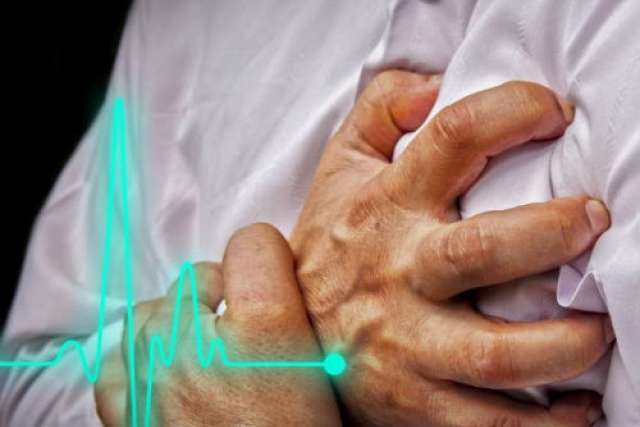Every day, thousands of patients visit hospital emergency rooms with chest pain and worry that they’re having a heart attack. Or they have numbness in an arm and worry about a stroke. In some cases, patients aren’t worried but really should be.
Emergency physicians have the difficult task of deciding who actually has a problem and who is OK to go home. So how good a job are they doing?
It’s difficult to measure how often a problem isn’t diagnosed. After all, how does one know that a medical condition was present when the treating physician didn’t think it was?
In a study recently published Feb. 26 in JAMA Internal Medicine, two UCLA Department of Emergency Medicine physicians found a way to do it.
The physicians reviewed Medicare billing records to see how often patients admitted to the hospital for heart attacks, strokes, and other cardiovascular emergencies had been sent home from an ER days before their diagnosis. To account for coincidence, they looked further back in time before the emergencies could have begun to determine how often those same patients had visited the ER for other problems. The researchers deduced that the spike in discharges home from the ER was attributable to imminent heart attacks, strokes and other emergencies that went unrecognized.
The results are mostly reassuring, said lead author Dr. Daniel Waxman, an emergency medicine physician at Ronald Reagan UCLA Medical Center and associate clinical professor of emergency medicine at the David Geffen School of Medicine. Of more than 1.5 million Medicare patients diagnosed with a cardiovascular emergency from 2007 to 2014, researchers concluded that an actual emergency went unrecognized in fewer than one in 20 visits. They estimated that heart attacks were not diagnosed just 2.3% of the time, and strokes 4.1%.
Patients who were younger than 65, female or poor, or those with chronic medical conditions, were at increased risk of a missed diagnosis, although the differences with other patients were small in absolute terms. Nevertheless, the findings about increased risk raise important questions and suggest the need for further research and monitoring, Waxman said.
Despite the increasing use of advanced imaging and other diagnostic techniques, missed opportunities for diagnosis in the ER did not change much over the years that data were analyzed.
This “suggests that if we want to do better, we will need to do something qualitatively different from what we have done in the past,” Waxman, told MedicalResearch.com.
The National Academy of Medicine in 2015 issued a report saying that understanding diagnostic error was critical to patient safety but that little research had been conducted.
Waxman, also a policy researcher at the RAND Corp. in Santa Monica, recommended that the statistical approach of the JAMA Internal Medicine study be extended to non-Medicare patient populations, health care settings other than emergency rooms and more common diseases conditions.
Waxman’s co-authors included Dr. David Schriger, vice chair of UCLA’s Department of Emergency Medicine, and Dr. Hemal Kanzaria, an assistant clinical professor of emergency medicine at UC San Francisco.




